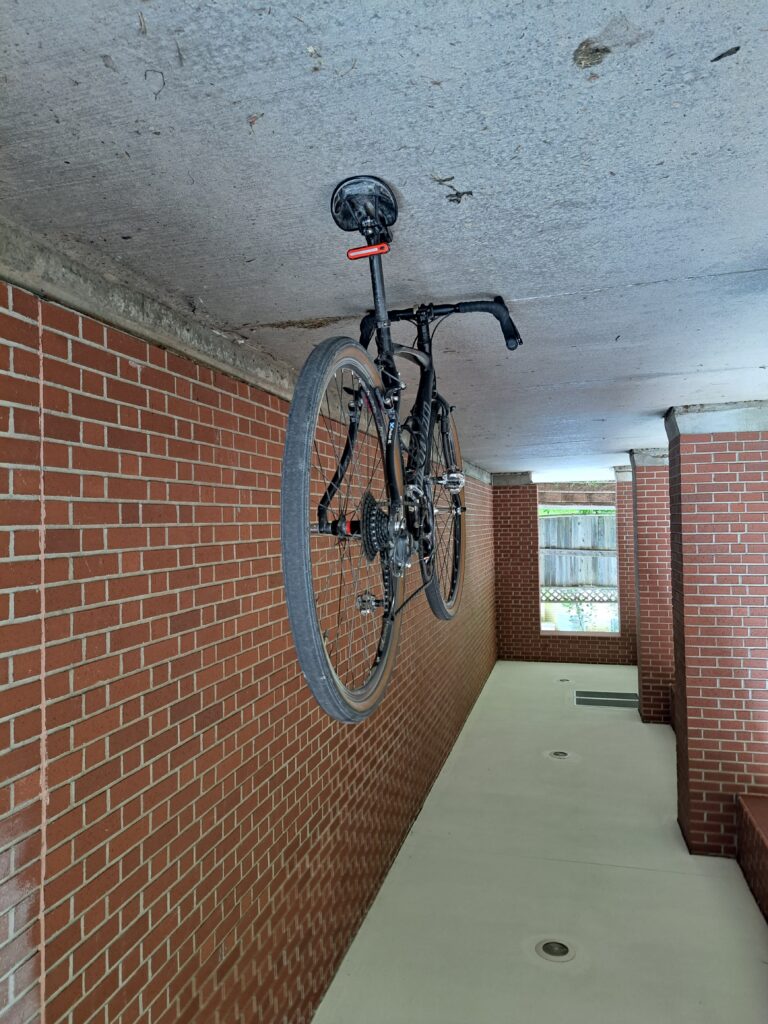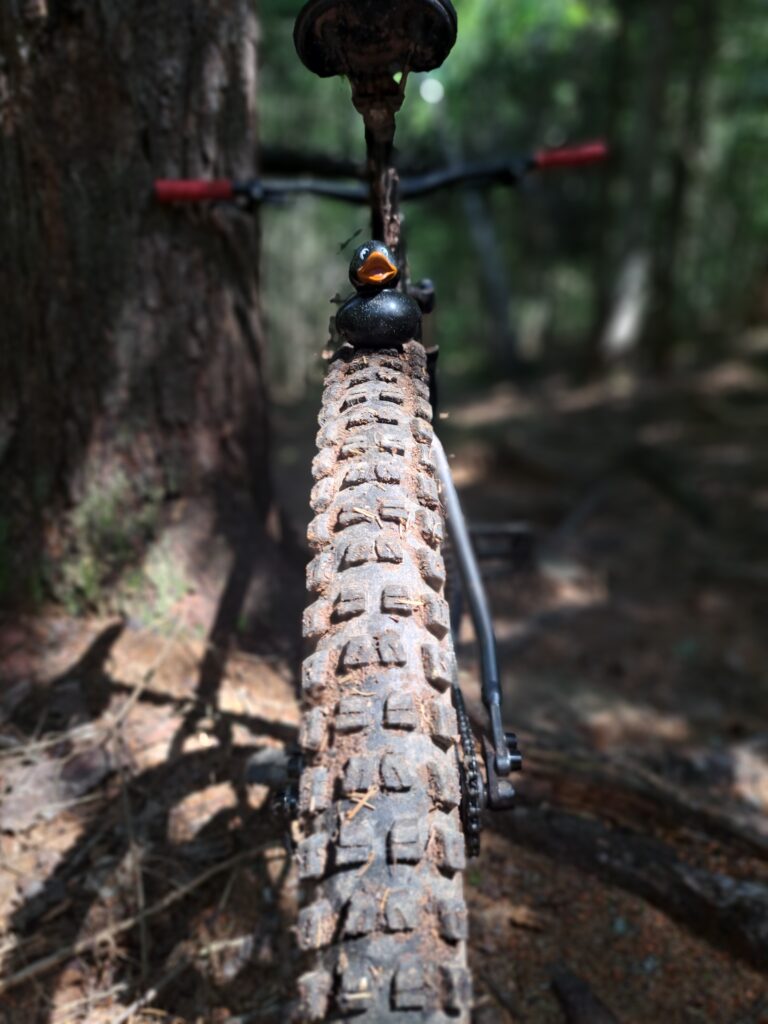
I love this story and don’t really care if it’s not true. In Plum Village, apparently one of Thich Naht Hanh’s favourite funny tricks was to walk up behind someone who was washing the dishes (or whatever mundane task), touch them on the shoulder and say, “what are you doing?” Ha! Man, that makes me laugh! And here’s also why it doesn’t matter if that is factually true or not: because it is a beautiful, gentle, funny illustration of us every single day. As Yoda says, while poking an impetuous Luke with his little meditation stick — “All his life he has looked away… to the future, to the horizon. Never his mind on where he was, hmmm? What he was doing!” Luke looked pretty surprised when he realized that Yoda was right (as a matter of fact, that THAT was what he was doing AT THAT MOMENT! Ha!); just as surprised as the unsuspecting monk or nun that ol Thich was giving the not-so-subtle reminder to. Hilarious.
But what were the two of them trying to remind their students of? What was Buddha doing when he raised the single flower, saying nothing and the novice Mahakasyapa cracked a smile and our man Guatama was like “Aha! See? He gets it!”? In a cool story I read not so long ago, a group of monks were asked which of their senses was most significant to theirpractice and they all said it was their hearing, that when they started not pay attention, to be distracted into following their thoughts down the proverbial rabbit hole instead of just letting them be and letting them go, it was their hearing – the snap, crackle, pop of daily life – that brought them back to their senses. That delivered them from reveries and guilts and worries to the here and now.
In Marina Abramovic’s final work of performance art in 2010, The Artist is Present, she embodied this experiment as such: “The work was inspired by her belief that stretching the length of a performance beyond expectations serves to alter our perception of time and foster a deeper engagement in the experience. Seated silently at a wooden table across from an empty chair, she waited as people took turns sitting in the chair and locking eyes with her. Over the course of nearly three months, for eight hours a day, she met the gaze of 1,000 strangers, many of whom were moved to tears.”(https://www.moma.org/learn/moma_learning/marina-abramovic-marina-abramovic-the-artist-is-present-2010/) And that’s all: she sat, they looked at each other. Period. When asked what she thought would happen when she did this she admitted that she was unsure; but when asked further why she thought some people cried she simply said that she doubted many people had really been looked at for a long, long time. Such is the state of our human being: we are all in a hurry, we do not see each other, we barely see ourselves. We are always going to a meeting or coming from one that we’ve left but are still thinking about. We are, quite simply, not here.

I’m shifting gears and lanes at the same time; my attention flips quick over my shoulder to the traffic and I adjust for a car coming that doesn’t quite see me, I skip in behind and almost skid out on the corner. My thoughts and emotions are never more than 3 seconds ahead of me and never behind. I swerve a pothole and right the balance of my bike; feather the brake, take in the corner coming, push a little harder on the pedals, round the street, take in the new scene, slow my ragged breath, listen to my heart lower itself from my ears.
On the wooded trail I am adjusting my weight to get over this root and then around the rock right beside it; I subtly shift my weight to the left and push almost imperceptibly on the pedals to shimmy the rear wheel and then give it some gas to get going again. I press into the handlebars and glance 5 feet forward, acknowledging somewhere deep back in my brain that there is a feature on the trail I’ve not done before but feel I can: I lean back, bring my centre of gravity away from the front tyre and pop it over the rock, a new line carving itself across my neurons; I see a branch and duck, I push harder, listening for my heart beats – I’ll need a lot of energy to make it the next 20 feet or so and adjust my breathing to make it. To my right a branch snaps up and hits my leg, I counterbalance to keep going. I breathe, I struggle, I push, rest, swerve, push, always on point; if attention lags for a minute you can fully expect the ground, asserting itself as only gravity can, to punch you right in the kisser.
The past, they say, is history and the future is a mystery, but what we have right here is a gift. That’s why it’s called the present.
Yeah, Buddha woulda rode bikes fer sure.
